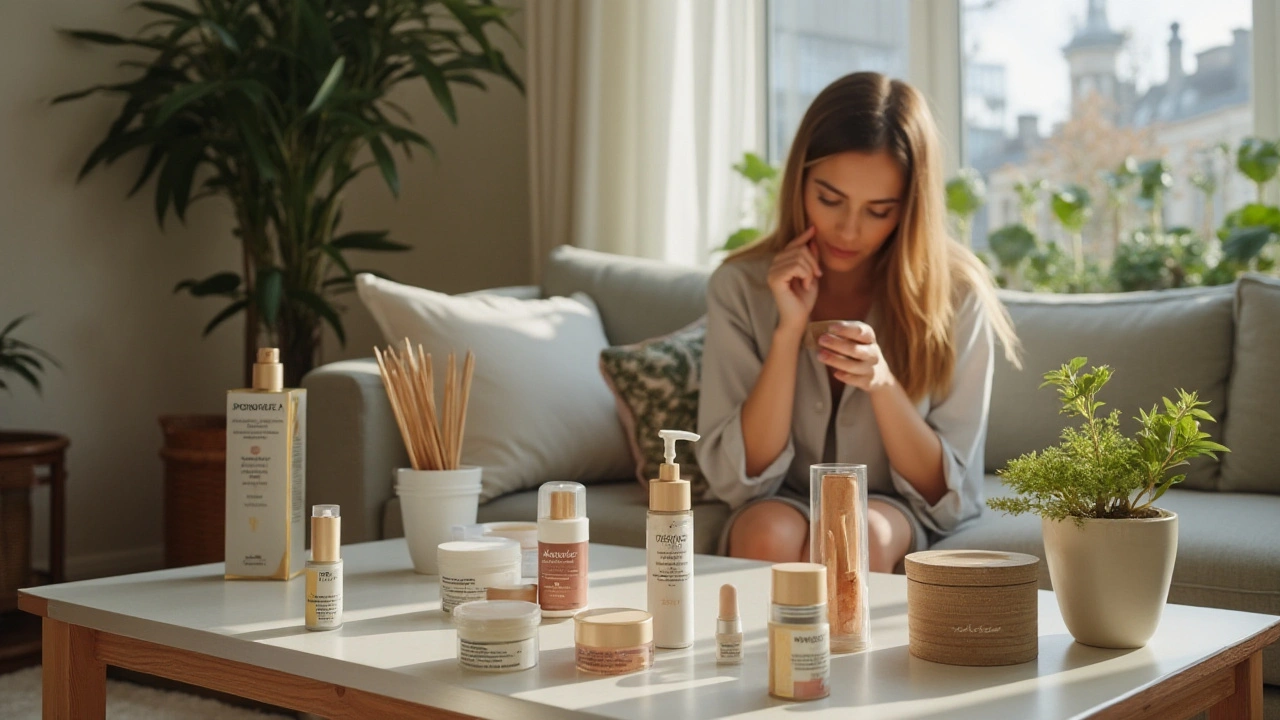Acne Treatments: Your Practical Guide to Clear Skin
If you’re fed up with breakouts, you don’t need a magic wand—just the right treatment plan. Acne comes in different forms, so matching the product to your skin type makes all the difference. Below we break down what works, why it works, and how to avoid common pitfalls.
OTC Basics: What You Can Buy Today
The first line of defense is over‑the‑counter (OTC) products that contain proven ingredients. Benzoyl peroxide kills bacteria and dries out excess oil; start with 2.5% to avoid irritation. Salicylic acid unclogs pores by dissolving dead skin cells—great for blackheads and whiteheads. If you have oily skin, a lightweight gel or foam works better than heavy creams.
When Prescription Strength Is Needed
If OTC stuff isn’t cutting it after four weeks, it’s time to see a dermatologist. Prescription retinoids (like tretinoin) speed up cell turnover and prevent new spots from forming. Oral antibiotics such as doxycycline reduce inflammation and bacteria from the inside out, but they’re short‑term solutions. For severe cystic acne, hormonal options like oral contraceptives or spironolactone can balance oil production.
Choosing a prescription should involve a clear discussion of side effects. Retinoids may cause dryness; use a gentle moisturizer and sunscreen daily. Antibiotics can affect gut health, so ask about probiotic support. Hormonal meds require monitoring for blood pressure and liver function.
Beyond medications, lifestyle tweaks boost results. Wash your face twice a day with a mild cleanser—no scrubbing needed. Change pillowcases weekly to limit oil transfer. Limit sugary drinks and dairy if you notice they trigger flare‑ups; many people see improvement by cutting back.
Stress can fuel acne hormones, so incorporate simple stress‑relief habits. A short walk, breathing exercises, or a few minutes of meditation keep cortisol levels low and skin calmer. Consistency matters more than occasional deep cleanses, which can strip the barrier and worsen breakouts.
If you’re experimenting with new products, introduce them one at a time. This way you’ll know exactly what’s helping or hurting. Patch‑test on your jawline before applying to the whole face; wait 24 hours for any reaction.
Finally, track progress with photos every week. Acne improves slowly—most treatments need 6–8 weeks to show full effect. If nothing changes after that period, revisit your dermatologist and consider alternative options like light therapy or chemical peels.
Clear skin isn’t a myth; it’s about matching the right treatment to your unique acne type and sticking with it. Use these guidelines as a roadmap, stay patient, and you’ll see fewer spots and smoother skin in no time.

Top 9 Isofair Alternatives for Clear Skin: A Comprehensive Guide
Jan, 26 2025
